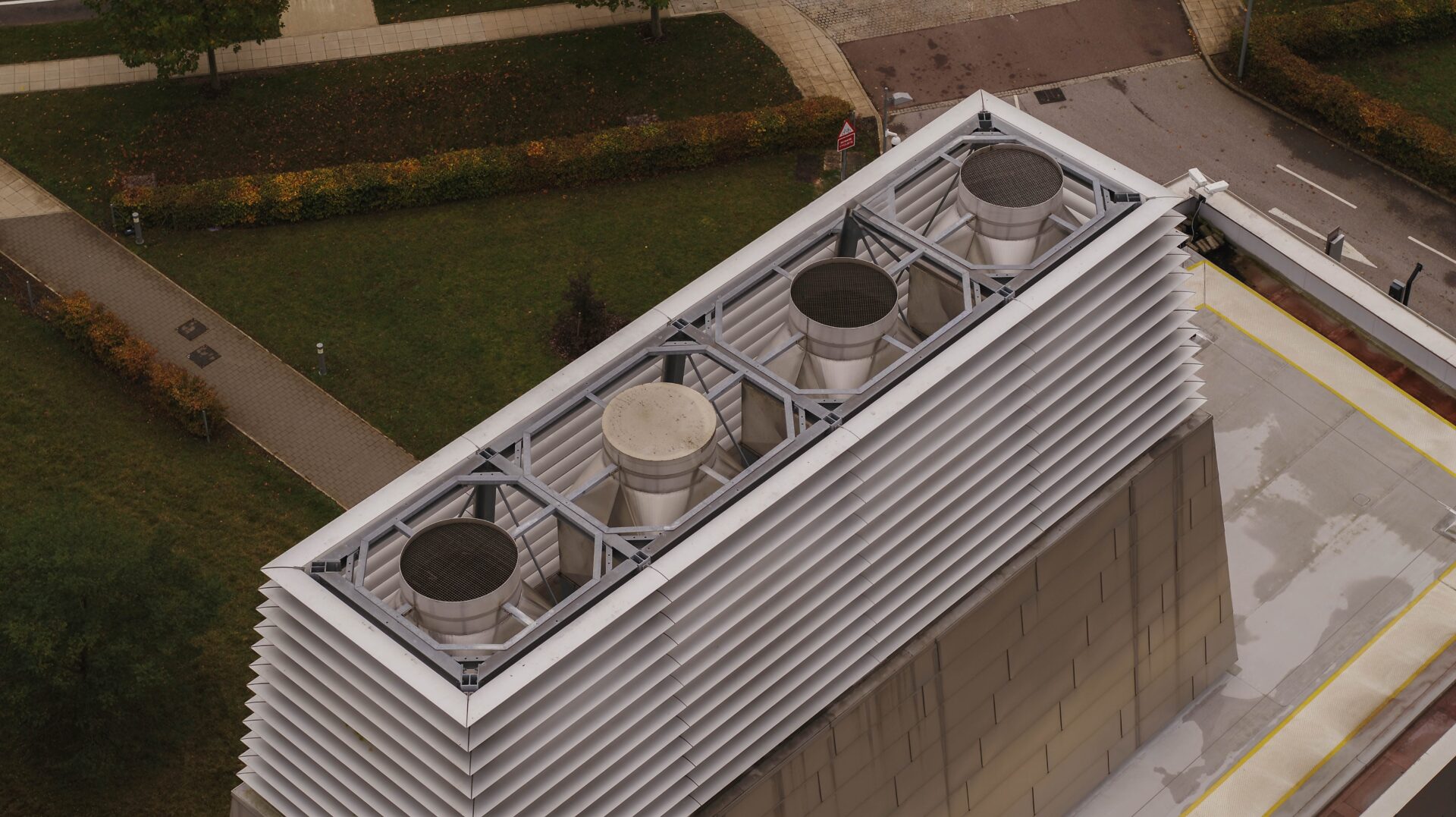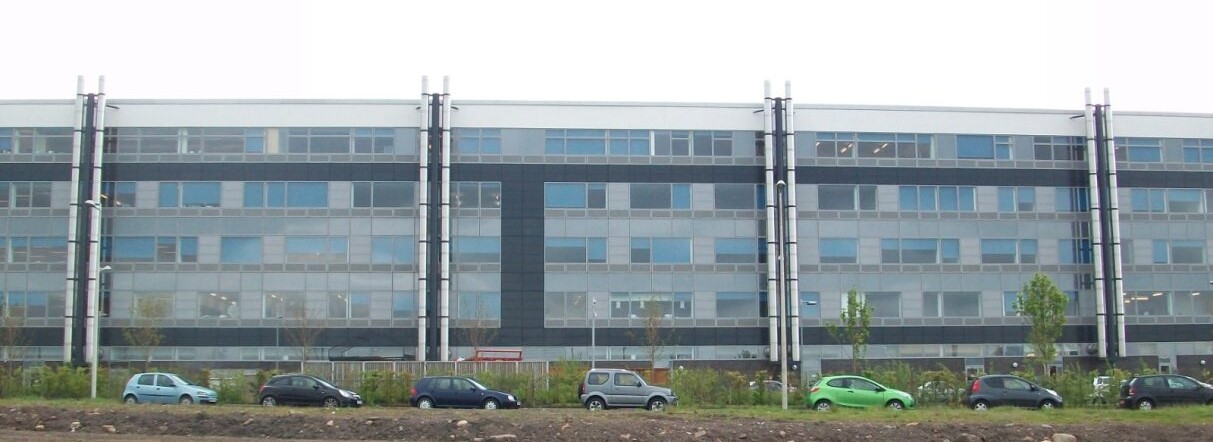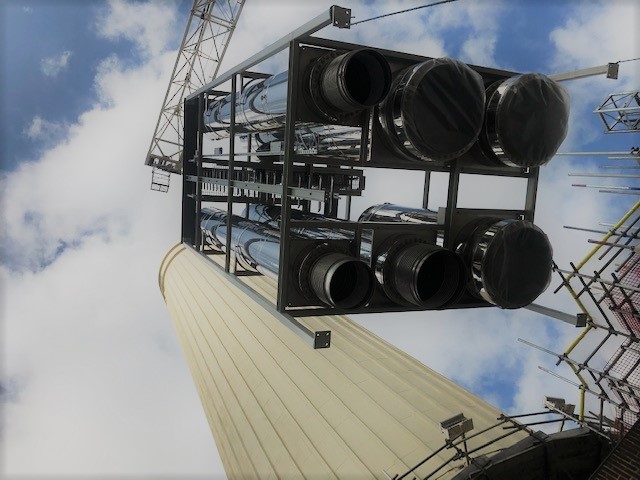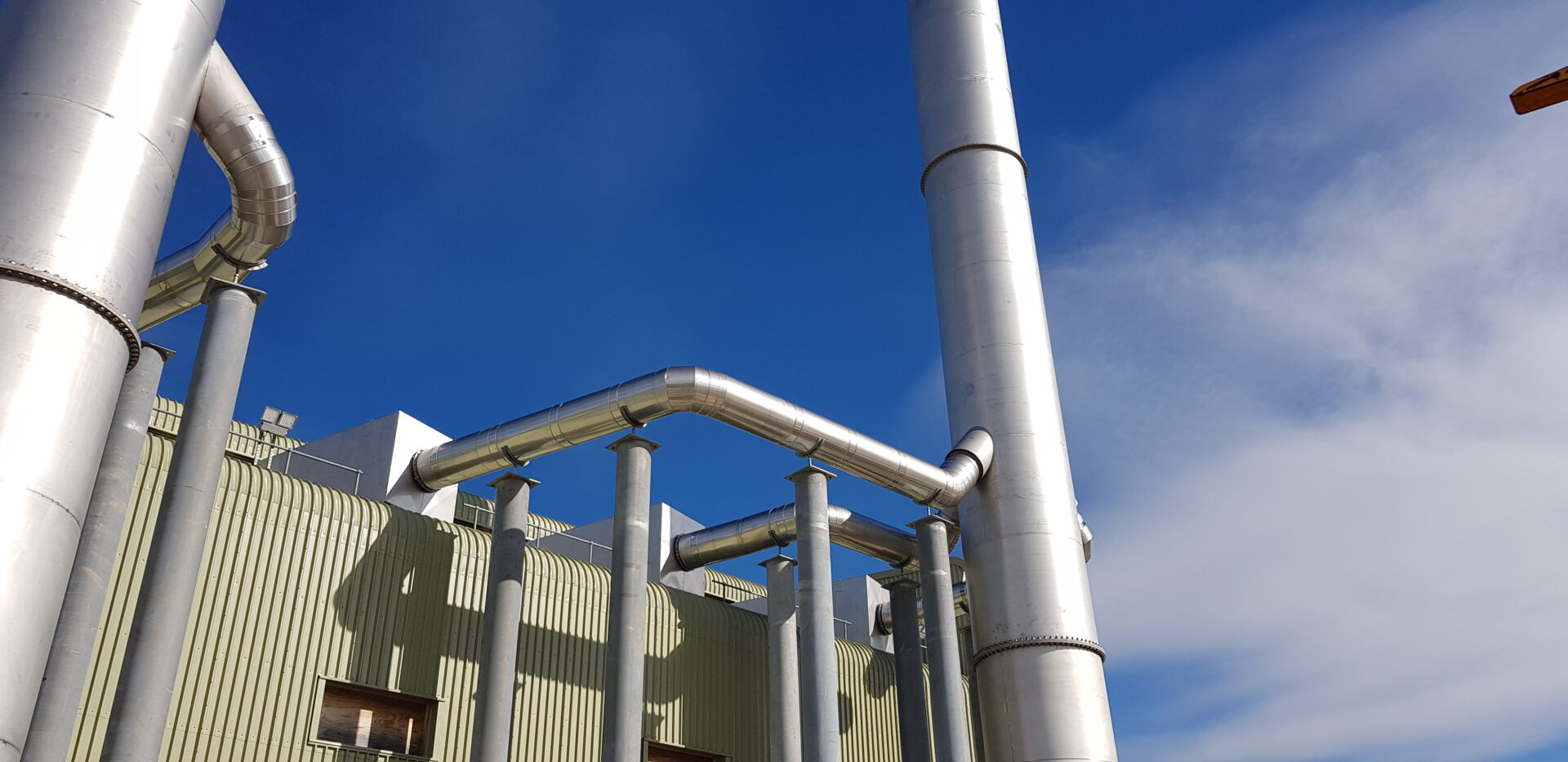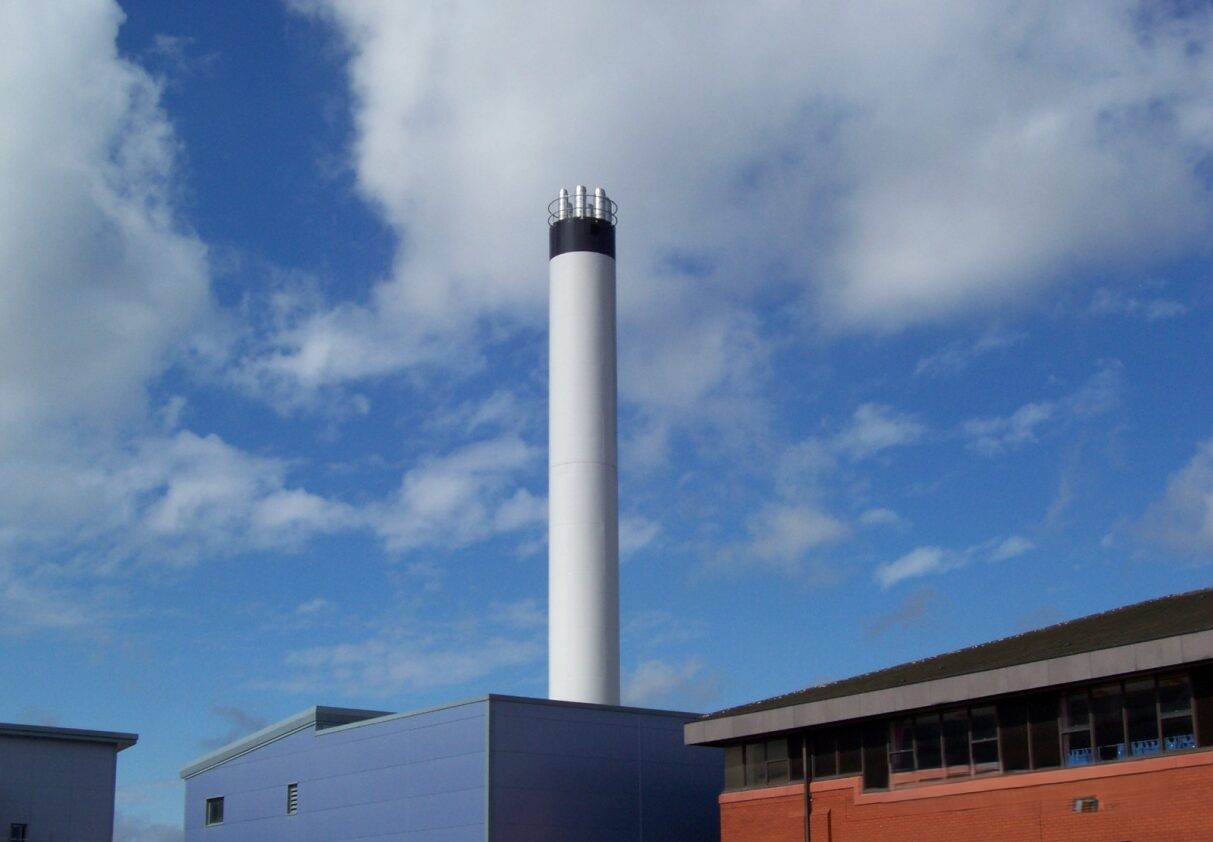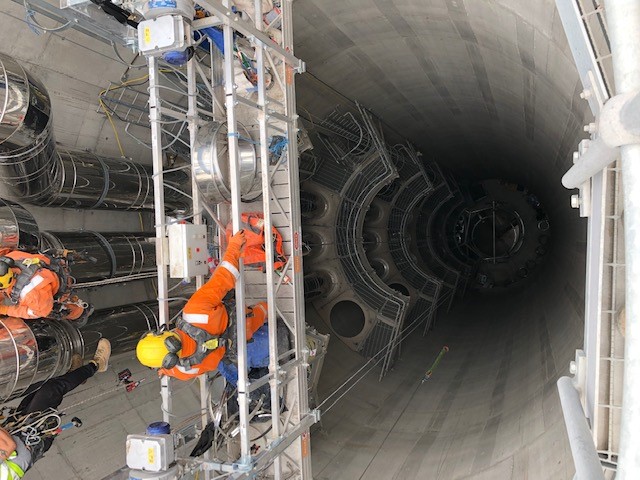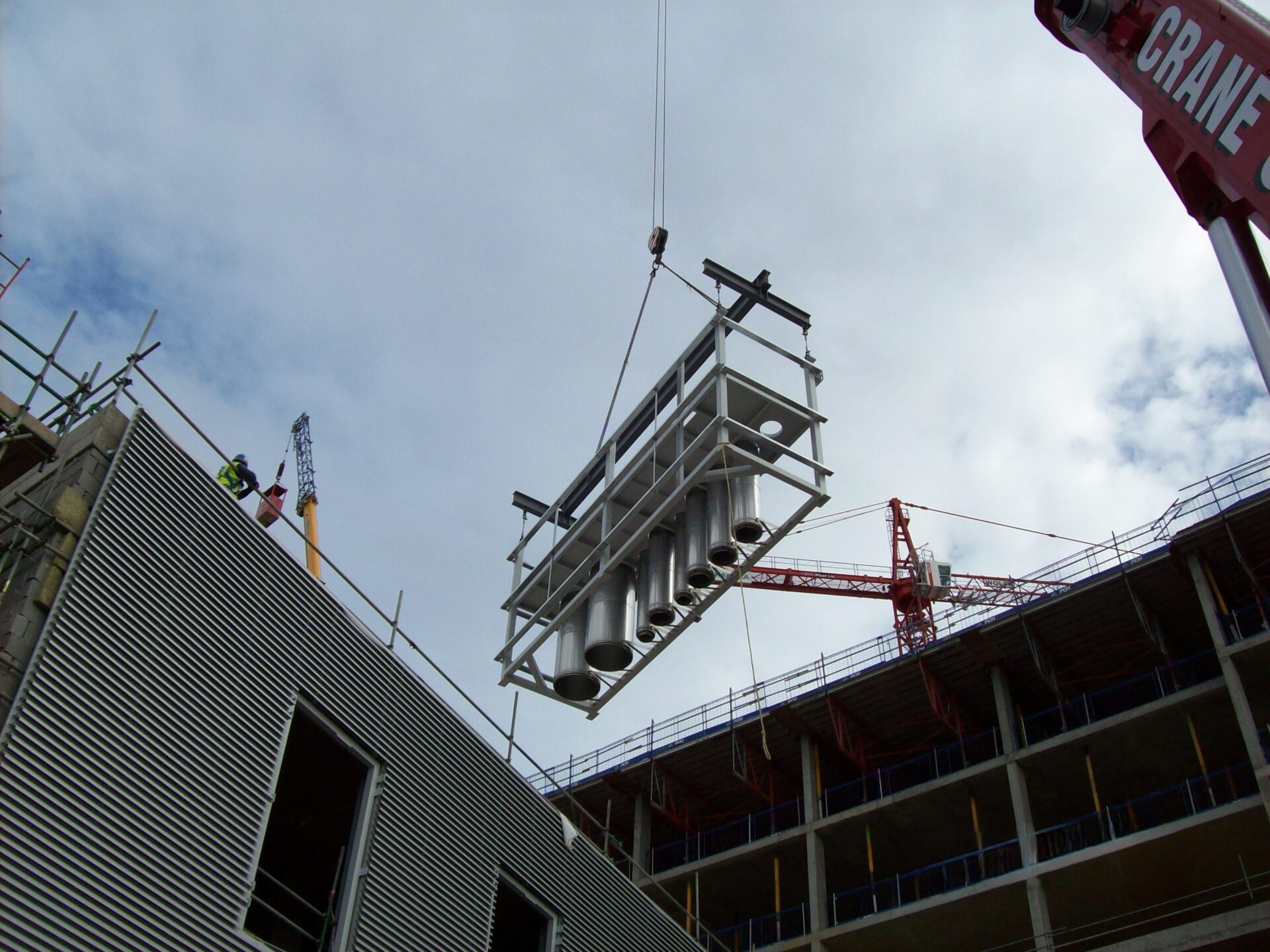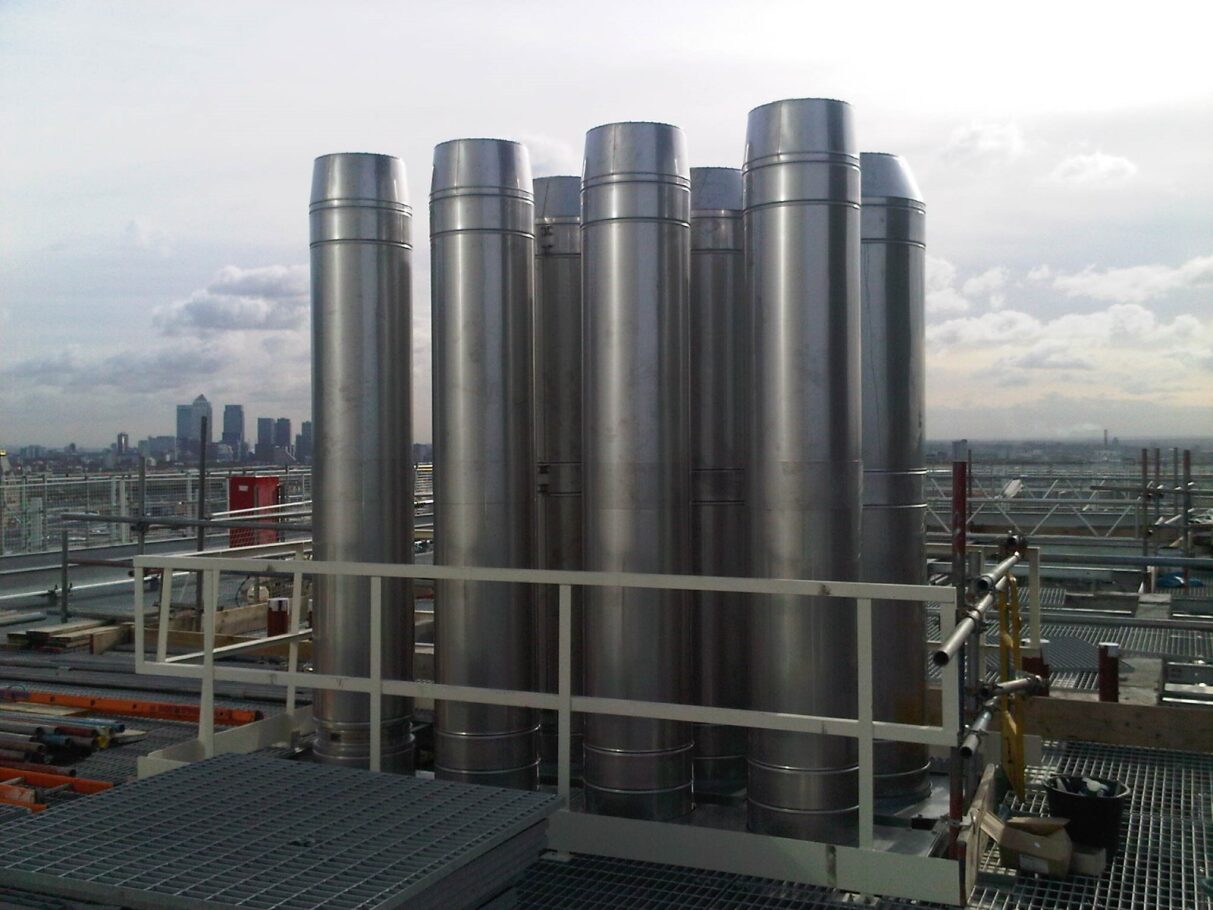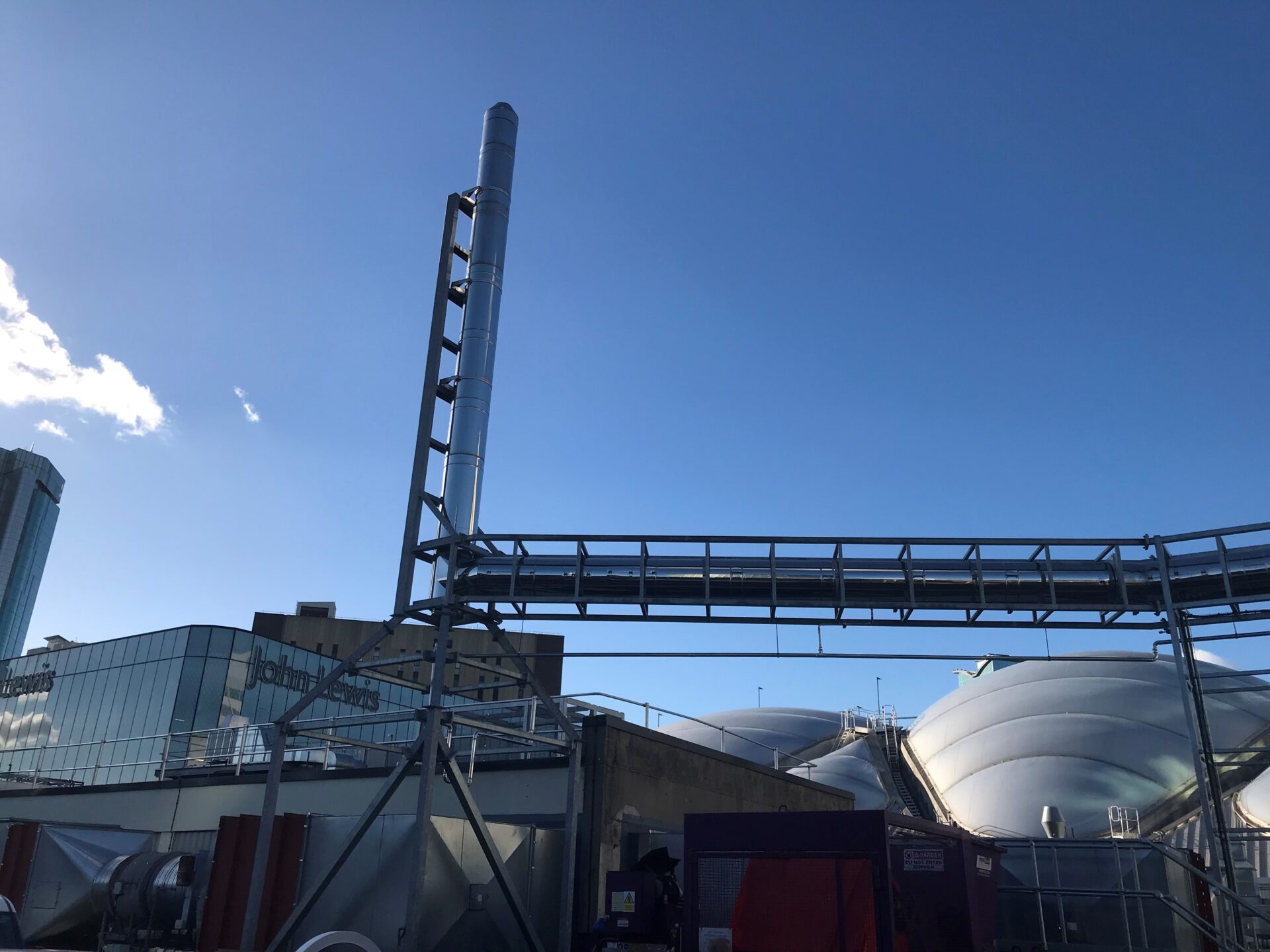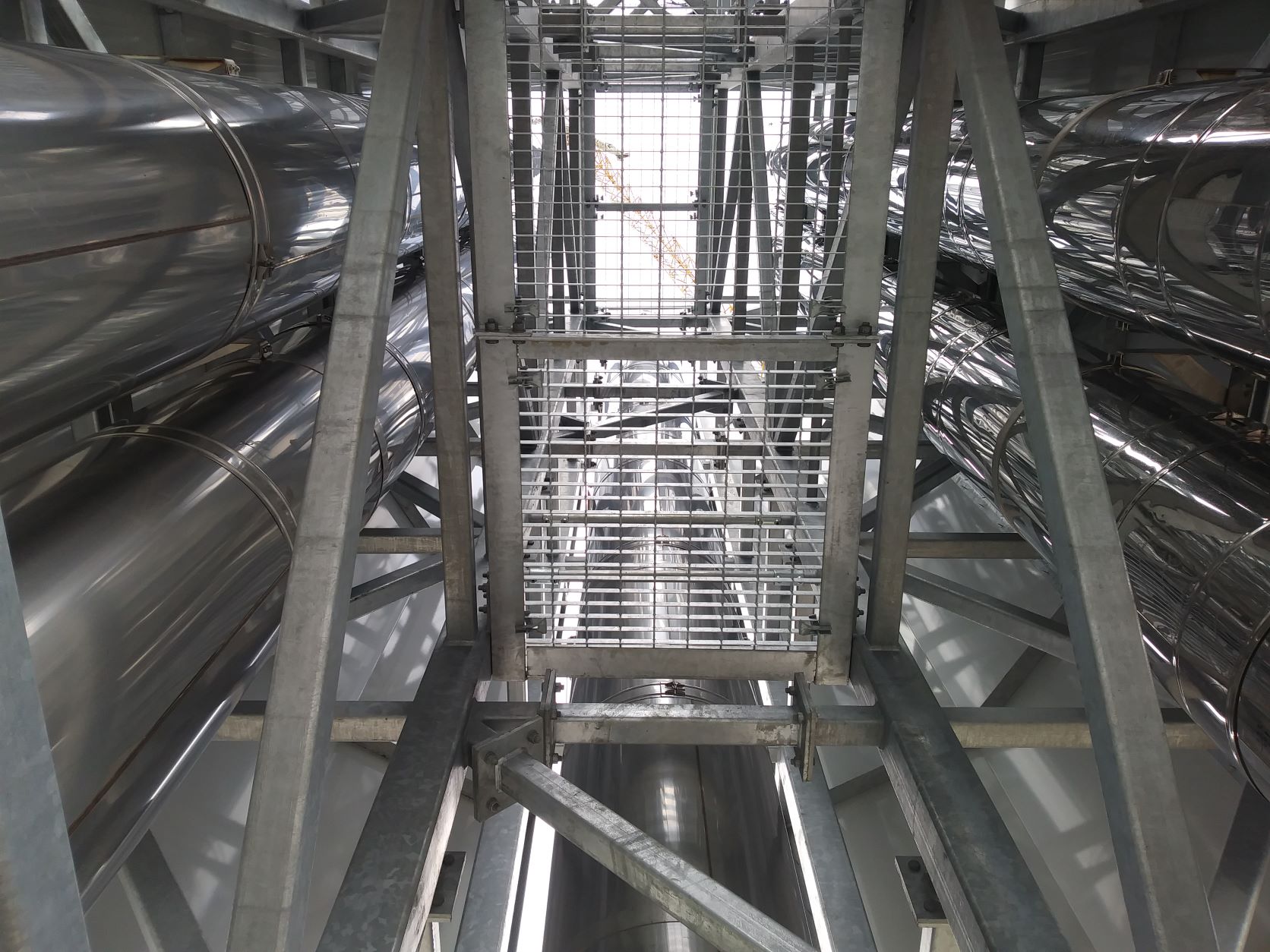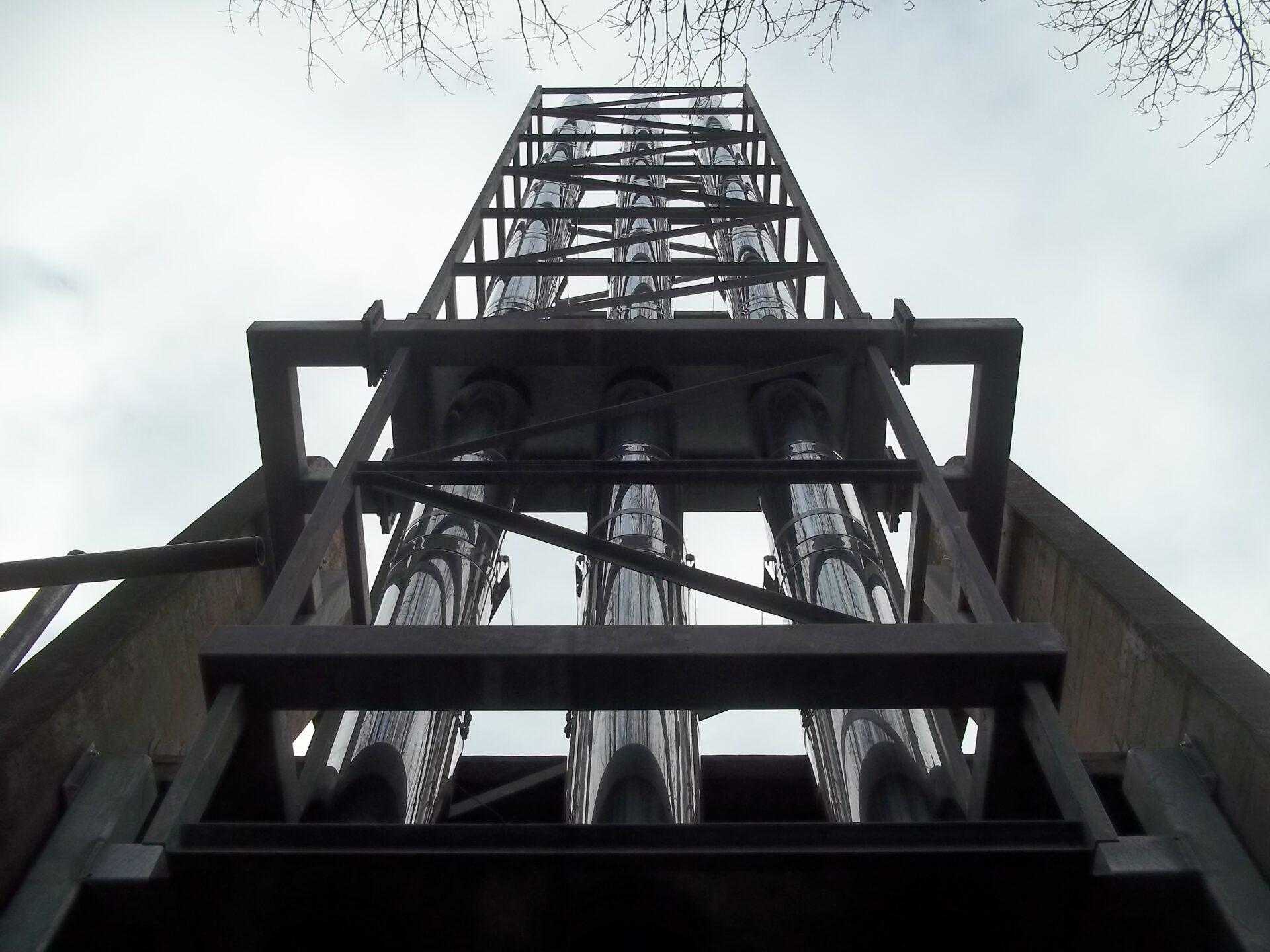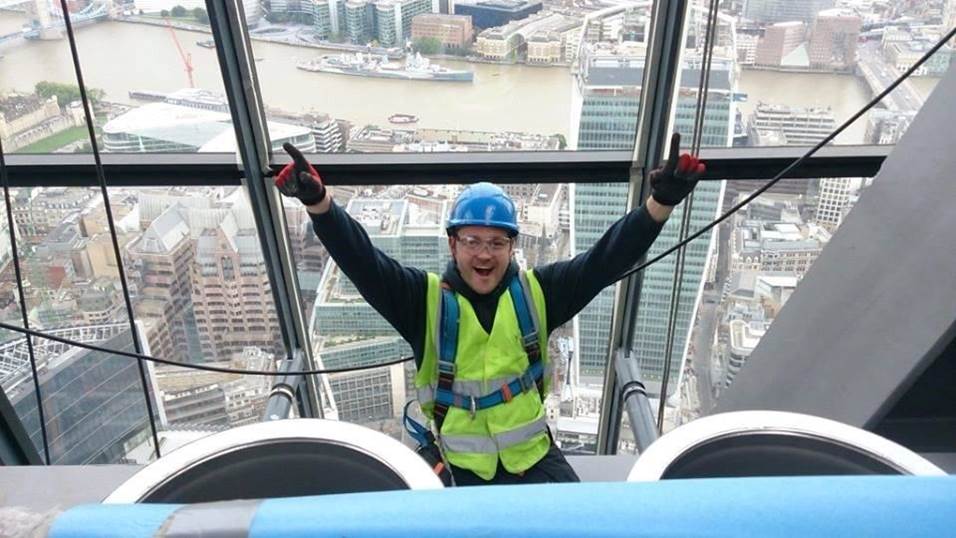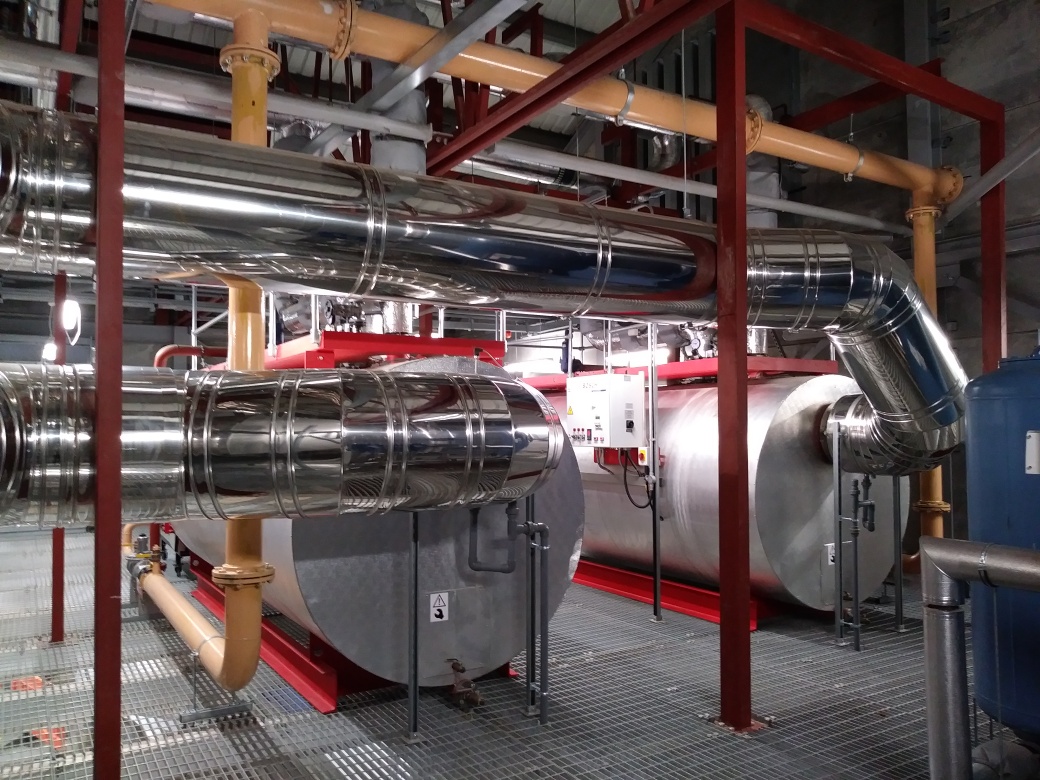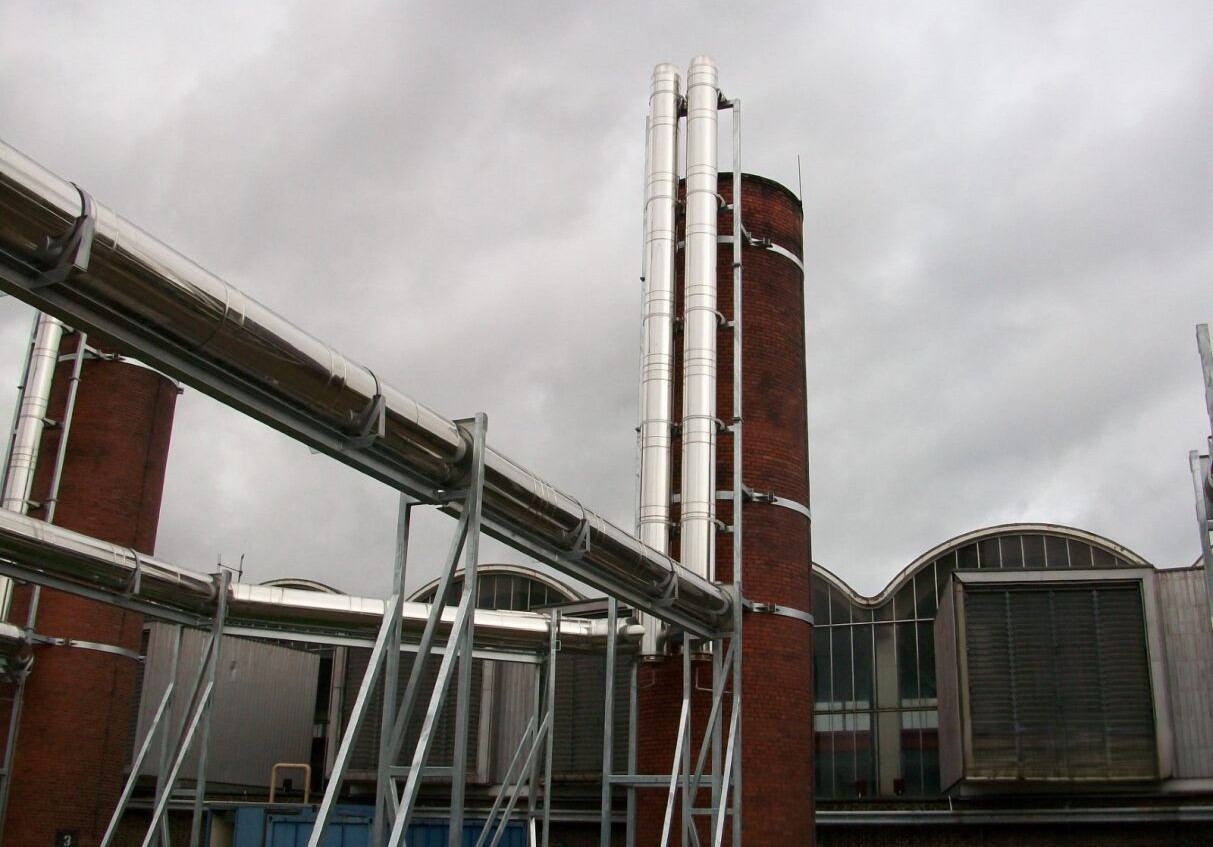Atmospheric Boilers
Overview
For many years, atmospheric boilers were the most commonly used boiler types for heating in the domestic and commercial sectors. These boilers have now practically become extinct with the arrival of watertight and condensing boilers.
However, the final blow for atmospheric boilers has been the new Spanish and European regulations that prohibit the manufacturing of these products and their use in new heating installations (for reasons of user safety and the urgency to reduce polluting emissions). With these new regulations in mind, this article will take a look at how atmospheric boilers work in comparison to other, more advanced technology and why they are not as efficient in terms of fuel and sustainability
Circulation
Every boiler needs to incorporate air in order to carry out the combustion process. Atmospheric boilers take in air for combustion directly from the place in which they are located (unlike more modern boiler designs which take air in from the outside of the building through a tube).
Placement
This means that the atmospheric boiler’s location must have good ventilation. In addition, atmospheric boilers are not very efficient when it comes to burning fuel, making it a serious drawback in terms of environmental pollution and household budgeting

Suitable Products
Twin-Wall
TF Flue Systems
Need a Flue?
We'll Help You!

